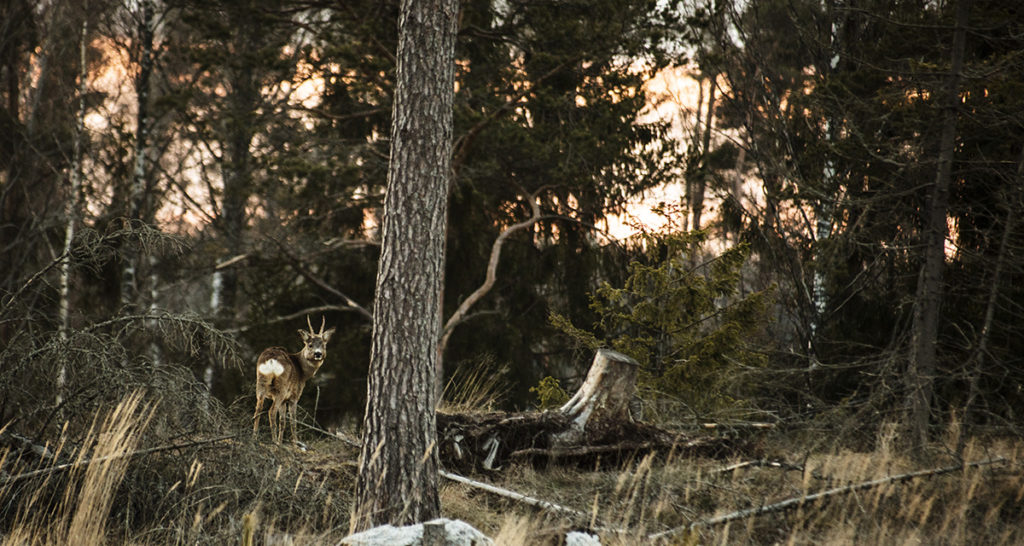Many plants are able to reproduce just fine via self-pollination. However, they benefit greatly from cross-pollination which leads to a much better yield. The same applies for human work: you can successfully complete a project by yourself, but it is likely that the outcome reaches a whole new level if you expose yourself to different perspectives.
The forthcoming textbook about energy solutions originated from the observation of how our scientific background affects how and from where we start to seek solutions for the problems at hand. Quite early on the guiding theme of the book crystallized to us: Not everyone needs to understand every technical detail of the energy system, but every engineer should understand the basics of the limits that our planet sets for us.
The footprint of engineers’ work is visible everywhere on our planet and the trust in the ability of engineering to produce solutions is great. However, building an ecologically sustainable future requires expertise that is currently scattered across universities and institutions. Addressing wicked problems such as the climate crisis and the loss of biodiversity poses a huge global challenge, especially as solutions can be contradictory.
The new text book, published by Springer in 2023, will compile together the best available information about sustainable energy solutions, useful especially for engineering studies. This is ever more urgent in the midst of climate change and environmental degradation.Tiina and Antti Herlin Foundation supports the work.
Winds of change – a global transformation
International environmental agreements and permanent expert panels, such as the Intergovernmental Panel on Climate Change (IPCC) and The Intergovernmental Science-Policy Platform on Biodiversity and Ecosystem Services (IPBES), have produced a number of agreed guidelines and science-based recommendations providing a good framework for action. Just recently, the Glasgow climate summit managed to hold on to the 1.5 degree target set in the Paris Agreement in 2015, although it will require a rather massive effort to make it happen.
Moreover, investors and the financing sector in general have recognised the risks the climate crises and loss of biodiversity pose to the global economy. Though the development of comparable biodiversity indicators are not yet as far developed as the climate change indicators, the economic risks have been recognised – and this is already shown in the investment decisions.
Biodiversity and the importance of natural values to us humans is indeed emerging as a key priority alongside climate change, as the current efforts to safeguard biodiversity have not been sufficient. According to IPBES, human impact can be seen almost everywhere in the planet, with extinction threatening up to a million species over the coming decades. In addition, the IPBES and the IPCC recently produced a joint report highlighting the need to tackle the climate crisis and the loss of nature simultaneously.
Therefore, how the energy transformation into carbon neutral -, and carbon negative -, system is implemented, has crucial value. Energy production requires large investments, and once completed, they have a long life cycle and are expensive to run down. Therefore, besides fostering interdisciplinary understanding, robust political guidance and long-term sustainable development strategies are needed to ensure that the energy transformation is carried out within planetary boundaries. Solving one problem should not lead to new problems elsewhere.

A fundamental change in thinking required
The book strives to inspire and engage on different renewable energy sources, their economic aspects and, in particular, minimizing of the environmental impact of these technologies. The possibilities and current solutions of both wind and solar energy are reviewed from a technical viewpoint, and the use of bioenergy and its potential conflicts with biodiversity and food production are addressed. The use of biowaste and other wastes are included as well. As heat pumps play an essential role in the production of carbon-neutral heat, the most essential related technologies will be reviewed. In addition, energy storage methods as well as an analysis of current methods in a renewable-based energy system will form important parts of the book.
The need for this kind of interdisciplinary approach is obvious, however putting it into practice is not always straightforward. Apart from being prisoners of our old thinking and practices, the existing structures and legislation do not sufficiently support the planning and implementation of projects within planetary boundaries. As Albert Einstein said: “We cannot solve our problems with the same thinking we used when we created them”.
It is our hope that this book will contribute to the much-needed interdisciplinary debate and increase enthusiasm for collaborative learning and knowledge sharing.
We will continue to shed light on the steps in the process, and active participation is more than welcome. There is no time to waste and everyone’s contribution is needed to keep our planet on the safe track.
More information
Planetary boundaries: https://www.stockholmresilience.org/research/planetary-boundaries.html
Glasgow Climate Summit: https://unfccc.int/process-and-meetings/conferences/glasgow-climate-change-conference-october-november-2021/outcomes-of-the-glasgow-climate-change-conference
IPCC 1.5 degree report: https://www.ipcc.ch/sr15/
IPBES Global Assessment report: https://ipbes.net/global-assessment
IPBES and IPCC joint report: https://ipbes.net/events/ipbes-ipcc-co-sponsored-workshop-report-biodiversity-and-climate-change

